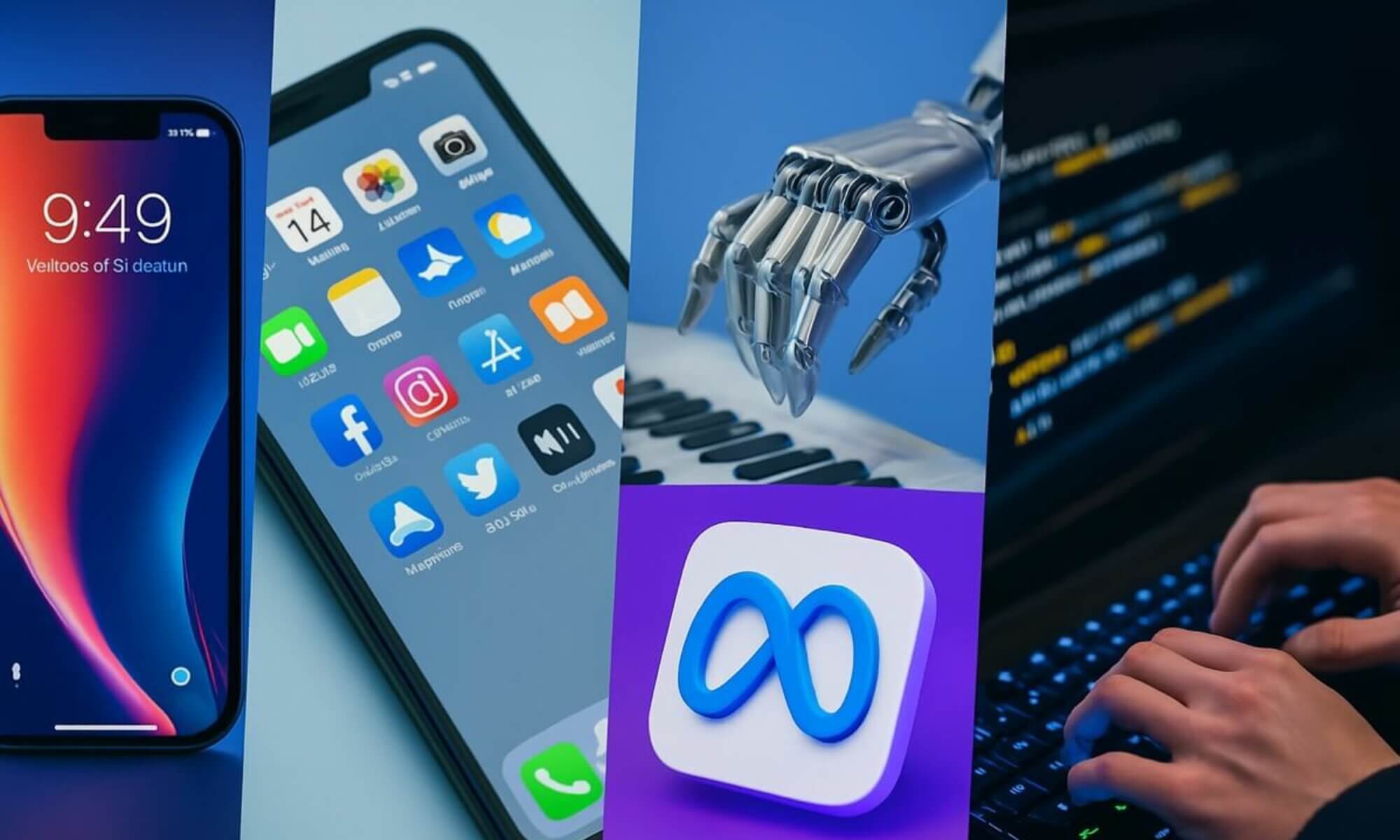As artificial intelligence (AI) rapidly evolves, many industries are striving to harness its capabilities for enhanced user experience and data-driven insights. Garmin, a leader in fitness technology, has recently introduced a subscription tier with AI-powered features through Garmin Connect+. This initiative promises personalized training insights and advanced analytics for dedicated users. However, this article delves deep into the limitations of these premium offerings, examining how closely they align with user expectations and their overall effectiveness in real-world applications.
Overview of Garmin’s AI capabilities in fitness tracking
Garmin’s foray into AI technologies marks a significant turn in how fitness data is leveraged. The Garmin Connect+ subscription, priced at $6.99 per month, provides users with access to AI-derived insights designed to optimize training and promote better health choices. However, while the introduction of AI into the fitness domain may appear revolutionary, the reality is more nuanced. This section will explore what Garmin’s AI features entail, how users can access them, and the potential benefits these technologies bring to users.
Understanding Garmin’s Active Intelligence
At the heart of Garmin Connect+ lies a feature referred to as “Active Intelligence.” This beta AI capability aims to deliver personalized recommendations based on user activity data. By analyzing metrics such as heart rate, sleep patterns, and overall fitness levels, the AI generates insights intended to aid users in making informed decisions regarding their training and recovery plans.
However, the scope of these insights has been met with skepticism. Initially, users might expect sophisticated analysis akin to what competitors such as Polar and Wahoo provide. Instead, many report that the insights appear to reiterate existing data without adding substantial value. Basic narrative comparisons of intensity minutes to arbitrary goals, for instance, don’t necessarily enhance the understanding or application of fitness data. As one user recently stated in a Garmin forum, “It feels like the AI just summarizes existing data rather than providing any actionable recommendations.”
- Integration of user data: Garmin’s AI uses existing health and fitness metrics for analysis.
- Focus on key performance indicators: Intensity minutes, steps, and workout summaries.
- Comparative analysis: Simple comparisons against goals or averages that users may find redundant.
User experience with Garmin’s AI
After a week of utilizing the Garmin Active Intelligence feature, many users discover that their expectations around the AI’s functionality may not align with the actual experience. A primary issue is that the AI insights are only available on the app’s home screen and do not translate onto the watch interface or through notifications on mobile devices. Users who may not frequently access the Garmin Connect app could easily miss out on valuable insights.
Additionally, the AI lacks interactive solutions; for example, users cannot engage in a dialog with a chatbot to explore their training needs more deeply. In a fitness landscape where competitors like Apple and Fitbit have incorporated features such as intelligent chat interfaces, the absence of this touchpoint feels particularly limiting. Feedback options exist for users to evaluate the AI-generated insights, yet the process feels one-dimensional since it fails to foster an ongoing conversation.
Comparative analysis of Garmin’s AI and competitor offerings
When assessing Garmin’s AI features, it is essential to consider how they stack up against competitors in the fitness tracking market, including Fitbit, Apple, and TomTom. Each company brings its strengths and weaknesses in utilizing AI within fitness applications.
| Brand | AI Features | User Engagement | Data Analysis |
|---|---|---|---|
| Garmin | Basic insights, Active Intelligence | Limited app integration | Simple comparisons |
| Fitbit | Interactive coaching, community features | Strong user engagement | In-depth data interpretation |
| Apple | Health insights, integration with Apple Health | High user interaction | Sophisticated data analysis |
| TomTom | Real-time training tips | Good integration | Goal-specific feedback |
This table illustrates how Garmin’s AI offerings appear fundamentally basic relative to more interactive and data-rich environments that competitors are cultivating. Fitbit’s community-oriented features and Apple’s integration capabilities highlight the need for Garmin to maximize its technological potential to keep pace with evolving user demands.
AI limitations in Garmin’s offerings
The shortcomings of Garmin’s AI become evident when scrutinizing user feedback and system capabilities. Reports suggest that the insights based on activity could often contain inaccuracies—such as incorrectly summarizing workout times or providing vague descriptors of unrecognized metrics like “sleep stress.” These oversights reflect underlying flaws in the data interpretation process and highlight the need for improvement in the AIs’ analytical framework.
Moreover, the lack of personalization in training recommendations further cements concerns about the AI’s limitations. Users expect AI technology to learn from their patterns and adapt accordingly, yet many have found that Garmin’s AI does not currently fulfill this need. Instead of receiving tailored advice, they encounter generalized analytics that do not account for their specific fitness journeys.
Future implications of AI in fitness technology
Looking beyond the current limitations of Garmin’s premium AI offerings, it’s crucial to explore how AI might evolve within the fitness technology sector. As companies embrace machine learning and sophisticated data analysis techniques, tailored fitness experiences could become more commonplace, benefitting users and helping them achieve personal goals more effectively.
With growing interest from competitors and consumers alike, AI’s role in fitness tech has the potential to reshape how individuals approach health and wellness. Enhanced predictive capabilities, coupled with real-time feedback mechanisms, could allow users to personalize their training plans on an unprecedented scale.
- Advancements in machine learning: New algorithms may improve data interpretation.
- Integration of wearables: Improvements in smartwatch capabilities to offer more feedback.
- Consumer demand: An increase in users seeking smarter solutions for their fitness goals.
Ultimately, the future of AI in fitness remains promising, contingent upon companies listening to user feedback and evolving their offerings to meet user expectations. Garmin must recognize these trends and maximize their platforms accordingly to remain competitive.
Potential developments in Garmin’s AI capabilities
As Garmin navigates the challenges posed by its existing AI offerings, potential developments could steer its technology to a more innovative future. Following are possible directions that Garmin might explore:
- Investing in more robust AI algorithms to enhance data accuracy and interpretation.
- Incorporating user feedback into ongoing development for better engagement and real-time enhancements.
- Expanding the AI to include features such as training plan customization and advanced analytics to address individual user needs.
Innovations and next steps for Garmin in AI fitness tracking
For Garmin to successfully position itself in the AI-driven fitness market, it must innovate beyond the basic operational features currently offered through the Garmin Connect+ subscription. The next steps should emphasize integrating richer data analysis and a user-friendly interface that enhances the overall interactive experience.
To achieve a technological edge, Garmin could develop AI that engages users through interactive dialogue systems, allowing for spontaneous inquiries and tailored recommendations. Investing in partnerships with specialized fitness coaches or data scientists may also enhance their AI capabilities.
| Innovation Type | Description | Expected Benefits |
|---|---|---|
| Interactive AI | A chatbot feature for personalized engagement | Increased user interaction and satisfaction |
| Advanced algorithms | Machine learning capabilities for predictive analytics | Improved accuracy of insights |
| Partnerships | Collaboration with fitness experts for personalized plans | Enhanced service offerings and credibility |
For consumers seeking elevated experiences, these innovations hold the potential to not only differentiate Garmin from competitors such as Apple and Fitbit but also provide a renewed commitment to the evolving fitness landscape.
What are Garmin's AI offerings?
Garmin's AI offerings mainly include Active Intelligence, which provides basic fitness insights through its Connect+ subscription service.
How does Garmin’s Active Intelligence work?
Active Intelligence analyzes user data such as workouts, intensity minutes, and health metrics to offer insights aimed at improving training effectiveness.
What are the limitations of Garmin's AI?
The limitations of Garmin's AI include inaccuracies in data, lack of real-time user interactions, and the inability to provide personalized training recommendations.
Why is AI important in fitness technology?
AI in fitness technology is important because it can help users optimize their workouts, improve performance, and provide more tailored suggestions based on individual data.
How does Garmin compare to other fitness brands?
Garmin's AI capabilities are less sophisticated than those of brands like Fitbit and Apple, which offer more interactive and engaging features.
Can Garmin's AI adapt to individual fitness needs?
Currently, Garmin's AI does not effectively adapt to individual fitness needs, as it primarily provides generalized insights.
What improvements can Garmin make in AI?
Garmin can improve its AI features by incorporating user feedback, utilizing advanced algorithms, and developing interactive functionalities.
Is the Garmin Connect+ subscription worth it?
The value of Garmin Connect+ depends on user needs; some may find the AI insights helpful, while others may see limited benefits.
What other brands offer similar AI features?
Brands like Fitbit, Apple, and Polar offer similar AI features aimed at enhancing user engagement and training recommendations.
How frequently are insights provided by Garmin's AI?
Insights are provided sporadically and require users to check the app frequently for updates.


